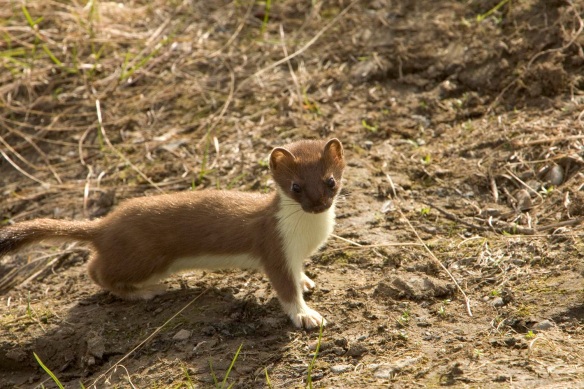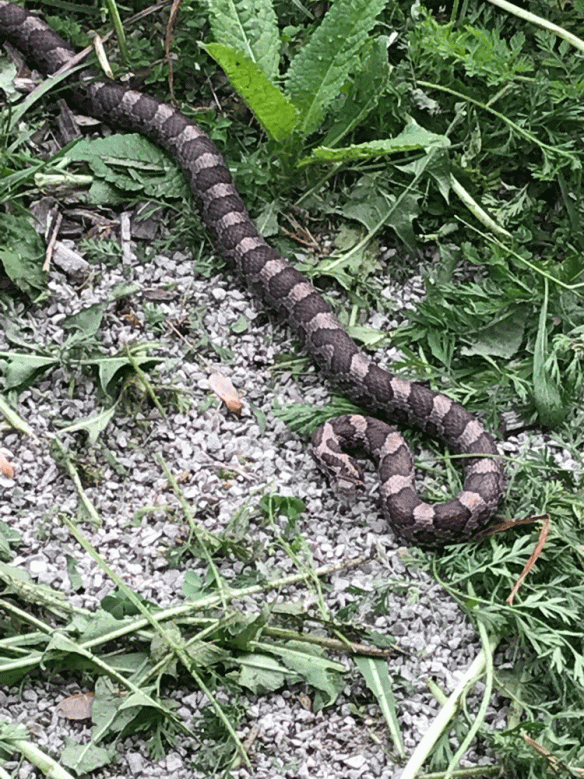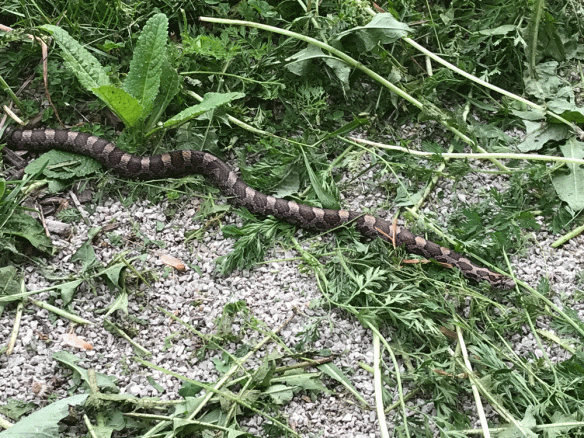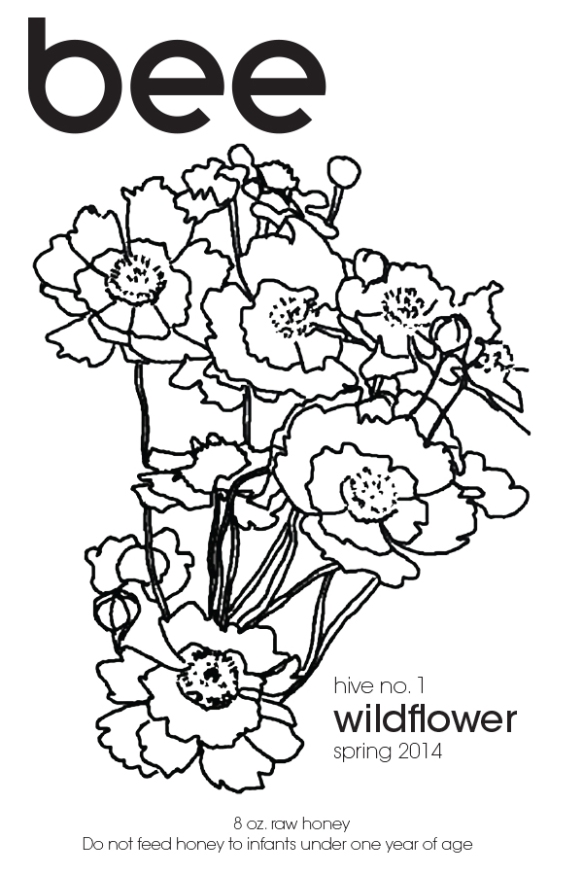Saturday morning I was reading on the screen porch while we waited for a friend to call; we were going blueberry picking later. It was nice to be just sitting on the porch doing nothing for once. Life gets so busy and daunting we forget to just say “forget it” sometimes.
At some point though I looked up because there was a great commotion in the yard, over by the old dead cherry tree. Beneath the tree is a tuft of wild bushes, an island in the sea of our freshly mown yard. I heard a rabbit bleat out then saw one or two rabbits sprinting along the boxwoods. A baby rabbit circled all the way around and sprinted under the screen porch where I stood.
I looked out at the boxwoods and saw a weasel!
I didn’t even know we had weasels in Ohio. At first I thought is was a squirrel. But it was too low to the ground, and tail was too small, to be a squirrel. Plus it was super aggressive. I suppose it could have been someone’s escaped ferret. But I looked it up and there are a few species of weasels that are native to Ohio.
As the weasel retreated back to its island in the grass, all hell broke loose. At least six blue jays and even a cardinal all flocked to the dead cherry and started screaming out, letting everyone know a predator was afoot in the area. I don’t know if the weasel did get a rabbit or not but the birds worked hard to chase him off into the south meadow.
Unfortunately I didn’t have time to snap a photo but here’s some Ohio weasel information from the Ohio Dept. of Natural Resources. I would guess it was a short-tailed weasel, but I really don’t know. I’m going to sit down and make a list of all the animals we’ve seen on the land here. It’s really cool and unlike anything else.
All this information is from the Ohio DNR website: http://wildlife.ohiodnr.gov/species-and-habitats/species-guide-index
Long Tailed Weasel
Long-tailed weasels may be small, but they are very aggressive. They will even threaten animals much larger than themselves.
This weasel is very adaptable and can be found in all land habitats near water. Like most weasels, it is chiefly nocturnal, but can also be active by day. They can climb trees and swim, but most of their time is spent on the ground. They typically eat rodents, rabbits and birds, but in the summer they may also eat fruits and berries.
The long-tailed weasel is distinguished by its yellowish-white underparts and the black tip on the end of its long, bushy tail. The tail is about 50 percent of its total body length.
Long-tailed weasels exhibit delayed implantation. Copulation occurs in the summer, but the egg does not begin to develop until March, making the gestation period between 205 and 337 days. Litters of four to eight are born in April or early May.

photo from Ohio DNR website – keith and kasia moore
Short Tailed Weasel
This small furbearer is known as the short-tailed weasel, the ermine, or the stoat. It lives in open woodlands, brushy areas, grasslands, wetlands, and farmlands.
Ohio Status: Species of Concern
Like other weasels, the short-tailed weasel has a brown coat in the summer and white coat in the winter. They are small, measuring 7-13 inches in length.
This small furbearer inhabits open woodlands, brushy areas, grasslands, wetlands, and farmlands. They typically eat small mammals, including rabbits, chipmunks, voles, shrews, and mice.
Short-tailed weasels mate in the spring and early summer. A litter of four to eight young are born between April and May after a gestation period of about 280 days due to delayed implantation.

Short tailed weasel – photo from ohio DNR website – USFWS
Least Weasel
The least weasel is the smallest member of the weasel family and the smallest living carnivore.
Like other weasels, the least weasel has a brown coat in the summer and white coat in the winter. A distinguishing characteristic is that it does not have a black tip on the end of its short tail.
This weasel inhabits open areas such as meadows, marshes, brushy areas and agricultural fields. They typically eat mice and other rodents.
Most breeding occurs in the spring and late summer, although they may reproduce any month of the year, with more than one litter per year. Litters usually have four to five young.

photo from Ohio DNR website – Kevin Law























